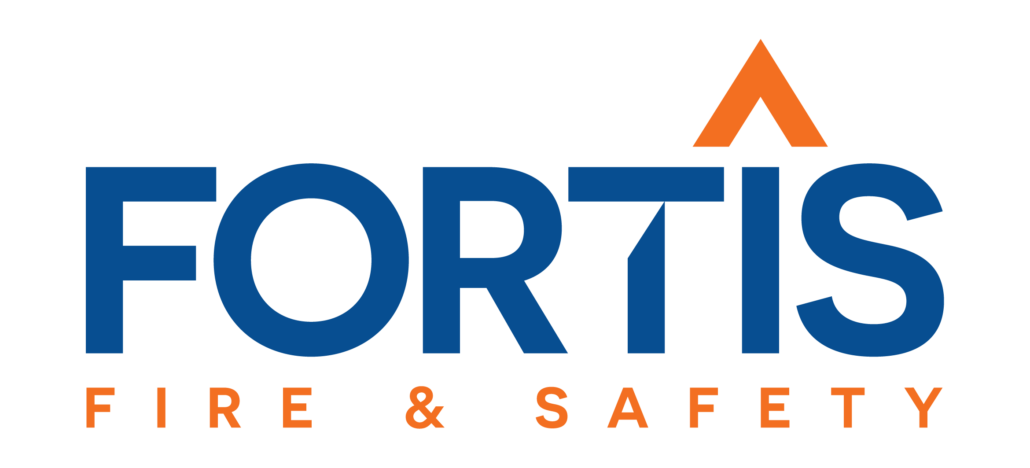Implementing Fire Safety Training for Workers
Employers can help prevent injuries, losses, and damages by implementing proper fire safety training in the workplace.
Nearly 4,000 people die in fires each year in the United States; that equates to eleven fire-related deaths per day. Additionally, the U.S. Fire Administration estimates that fires in commercial buildings cost owners over $2.4 billion per year.
Let’s not contribute to these statistics! Read on to learn how to implement fire safety training for your team to protect both people and property.
Why is Fire Prevention so Important in the Industrial Workplace?
Fire safety is essential in the workplace in order to prevent and protect against the destruction caused by fire.
If your employees know how to identify potential fire hazards, implement regular fire prevention practices, and can respond calmly and effectively in the event of a fire, you can guarantee a greater level of safety for your entire team.
How to Implement Fire Safety Training in Your Workplace
Outline Your Goals
First, fire safety training should begin with an analysis of your goals and objectives for the training. Employers may ask themselves the following questions:
- What do I want my team to gain from this training?
- What points do I need to cover for their safety?
- What do I want today’s training to accomplish?
- What do I want this training to improve in the future?
- How many training sessions will allow me to present this information to my team?
- What resources does my team already have?
- What resources do my employees need to reach these safety goals?
Develop a Fire Safety Plan
If your organization hasn’t already, it is crucial to develop a fire safety plan. To build an efficient plan, employers and employees should be familiar with:
- The type of fire suppression or alarm system in the building
- All exits in the building
- A list of all major fire hazards
- Potential fuel sources for fires
- The types and locations of fire protection equipment in the building
Once the employer has collected this information, they can form a plan and present it to their team.
Presenting a Fire Safety Plan
Employers should take time to ensure their team understands their workplace’s fire safety plan.
For instance, employees should have a complete understanding of:
- Where fire protection equipment is located and how to use it
- Expectations for if they are the first to see a fire in the workplace
- How they will communicate with their team in the event of a fire
- The route they will use to evacuate the building
- Options to exit the building
- How to activate the fire alarm
- When to call 911
- A location to regroup outside of the building
Every workplace may have slightly different safety plans, procedures, and requirements.
What Should Every Staff Member Know About Fire Safety?
Under the Occupational Safety and Health Act of 1970, employers are responsible for providing a “safe and healthful workplace.” Therefore, fire safety training is required in most American workplaces.
The minimum requirements outlined by the Occupational Safety and Health Administration ensure employees know how to protect themselves in the event of a fire. To summarize:
- Employees know how to recognize the signs of a fire
- Employees understand how to safely evacuate the building
Additionally, outside of these minimum requirements, employers should consider teaching employees about:
Fire Prevention
An employer’s primary goal in fire safety training should be to stop the fire from happening in the first place.
Fire prevention training may have the goals of:
- How to recognize fire hazards
- How to reduce the risk of hazardous situations
- Steps to fix or reduce a fire risk
Hazard Recognition
If employees know the most common causes of fires, they will be more successful in preventing similar situations in the future.
According to the National Fire Protection Association (NFPA), the most common causes of fires in commercial buildings are:
- Cooking equipment
- Heating equipment
- Electrical and lighting equipment
- Smoking materials
- Intentional fire setting
Types of Fires and How to Contain Them
In the event of a fire, knowing the five classes of fire can help employees use the most effective fire extinguishing agents and techniques to safely suppress flames.
Fire classes—which include Class A, Class B, Class C, Class D, and Class K—are a means of categorizing fires by factors such as:
- The type of material and fuel for combustion
- The best methods to extinguish or suppress them
Looking For Other Ways to Protect Your Team or Commercial Building?
LifeSafety Management has been providing fire protection and life safety services in South Florida for over 20 years—hence why, we’re your resident life safety experts.
LifeSafety is your single-source provider for any of your fire protection needs: Fire alarms, sprinklers, fire suppression systems, security systems, and beyond. We can start from the very beginning to design and install your systems, then maintain and repair your systems as needed.Learn more about us and our solutions.





